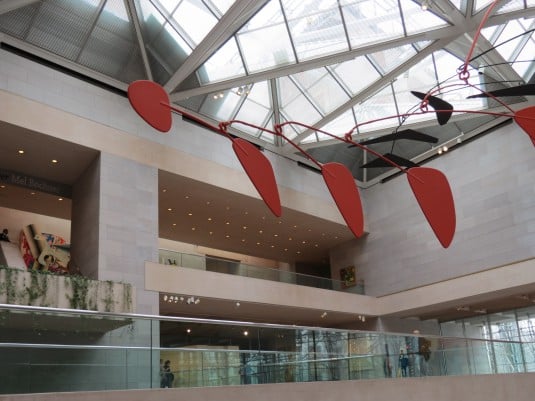
April 1, 2012
Places that Work: The East Building at the National Gallery
The East Building at the National Gallery in Washington, DC opened in 1978. It’s a place that’s been working for the past three decades because the building’s structure literally supports the art it houses and aids its viewing.The architect, I.M. Pei, developed a structure that can share large artworks with the public. Unfortunately, this is […]
The East Building at the National Gallery in Washington, DC opened in 1978. It’s a place that’s been working for the past three decades because the building’s structure literally supports the art it houses and aids its viewing.
The architect, I.M. Pei, developed a structure that can share large artworks with the public. Unfortunately, this is not the case at other museums where it can be difficult for the public to experience the art on display.
With its modern and contemporary art collection, the East Building’s design recognizes that such art is meant to unsettle, and yes, disturb the middle classes. So the linear design elements energize the atmosphere, as do the walls that meet at less than 90 degrees. The fact that some corners have acute angles is due to the triangular footprints of the structure’s components. Psychological drama is produced by the lines and corners and tames the art in such a way that it doesn’t overwhelm visitors.
The immense atrium lets in plenty of mood-boosting sunlight; this along with the trees that thrive in that light are psychologically restorative. The long sight lines through the atrium are also soothing.
The East Building of the National Gallery supports the mission of the museum by providing a place to display its collections while psychologically preparing visitors to experience modern and contemporary art. This makes the East Building of the National Gallery a place that works.
Sally Augustin, PhD, is a principal at Design with Science . She is also the editor of Research Design Connections and the author of Place Advantage: Applied Psychology for Interior Architecture (Wiley, 2009). She can be reached at [email protected]
Series Posts: Places that Work






